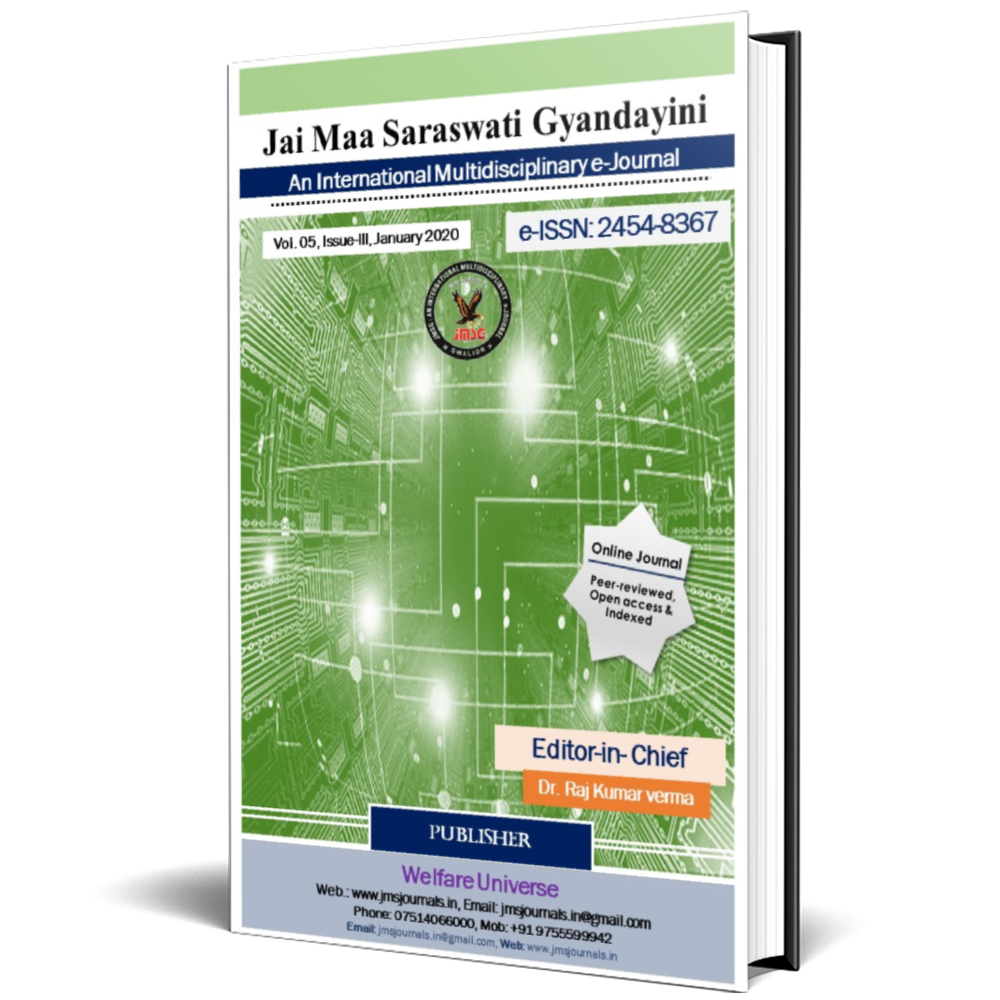Social Harmony and Gandhi: A Critical Study
Samajik Sadbhav Aur Ghandhi: Ek Samikshatmak Adhyyan
DOI:
https://doi.org/10.53724/jmsg/v5n3.08Keywords:
Gandhian ideology, Peace, Harmony, ViolenceAbstract
Peace and harmony are the backbone of national integration, and also the basis of development. Social harmony is rooted in ancient Indian culture and follows universal moral and religious principles. In the light of this philosophy, Mahatma Gandhi dreamed of unity, harmony and harmony in independent India and said tolerance is the key to social unity. Truth, non-violence, Sarvodaya and Satyagraha are the four pillars of Gandhian ideology, their relevance has increased in the present times to find solutions to excessive greed, widespread violence and runaway lifestyle. Multi-layered violence spread from macro to individual level is the main challenge of today's era. This paper tries to find out the need of Gandhian philosophy for promoting social harmony in the society.
Metrics
References
Saxena, Ramesh (2009) 'Gandhi, A Study' Visva Bharati Publications, New Delhi pp. 229, 230.
Prabhu, K.R. and Rao, U.R. (1966) 'The Mind of Mahatma Gandhi', Navjeevan Publishing House, Ahmedabad.
Gandhi, M.K. Young India 31.12.1913.
Goyal, Poonam (2009) 'Bapu, Life and Philosophy' Raj Publications, New Delhi.
Dr. Sharma, Chandrika Prakash (2011) Library Book Centre, Mayur Vihar-1, Delhi.
Mittal, Prem Gopal (2010) 'Ahimsa Doot: Mahatma Gandhi' Mittal Book Agency, New Delhi.
Dr. Dutt, Usha (2016) 'Mahatma Gandhi Jeevan Charitra Kosh' Camilla Publishers and Distributors, Delhi.
Government of India (2000) Collected Works of Mahatma Gandhi, Vol. 1, 4 (Revised Edition), Publishers Department, Ministry of Information and Broadcasting, Government of India, New Delhi.
Upadhyay, Saurabh (2012) 'Gandhi Vichar Ratna' Ishika Publishing House, Jaipur (Rajasthan) India.
www.csirs.org.in
Downloads
Published
How to Cite
Issue
Section
ARK
License

This work is licensed under a Creative Commons Attribution-NonCommercial 4.0 International License.













